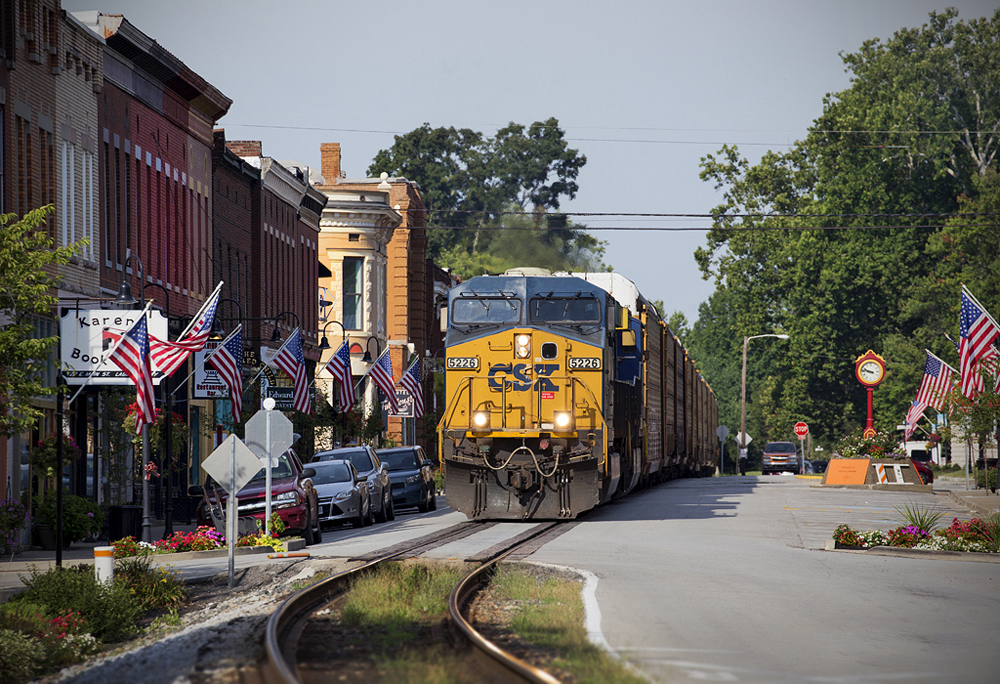
CSX will lead off the rail industry’s third-quarter earnings season when it reports its financial results on Thursday afternoon.
The earnings call will be the first time investors will hear from new CEO Steve Angel, who replaced Joe Hinrichs last month. Wall Street analysts are likely to parse every word from Angel regarding the direction CSX will take — as well as his stance on mergers.
Activist investors had been critical of Hinrichs for not engaging in merger talks earlier this year when it was clear that Union Pacific and Norfolk Southern were in preliminary merger discussions.
The UP-NS merger was announced on July 29, the day of the NS second quarter earnings call, and a day before Canadian Pacific Kansas City was the final publicly traded railroad to report its quarterly earnings.
So Wall Street analysts are likely to pepper railroad executives about the merger landscape during the third quarter earnings calls. UP and NS report earnings on Oct. 23. CPKC is scheduled to report its earnings on Oct. 29, with Canadian National set to conclude Class I earnings calls on Oct. 31.
BNSF Railway will report earnings alongside those of its corporate parent, Berkshire Hathaway, next month. Berkshire Chairman Warren Buffett has said the conglomerate will not enter the merger fray. BNSF has said a transcontinental merger is unnecessary and that alliances — like its new interline intermodal deal with CSX — is the better way to grow.
The other major topic of discussion: What are railroad customers saying about the direction of the economy, including the impact of trade and tariffs and whether shippers see an end to a freight recession that’s now in its fourth year.
North American rail volume was up 2% for the quarter, with intermodal up 3%, merchandise down 1%, grain up 9%, and coal up 1%.
The U.S. Class I railroads had relatively flat volumes for the quarter. In the East, CSX was up 1% while NS volume was flat compared to a year ago. In the West, UP was flat while BNSF was up 1%.
The Canadian railways benefit from easy comparisons with a year ago, when a brief August work stoppage hit rail volumes in Canada. For the third quarter this year, both CN and CPKC saw their volume increase 4% when measured by carloads and containers.







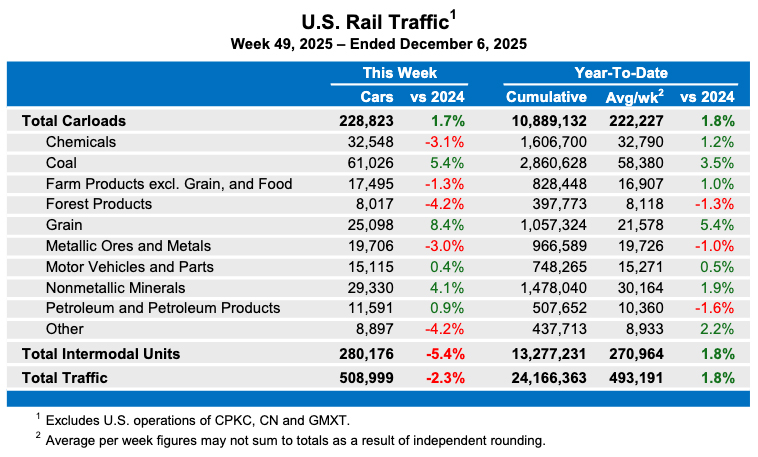


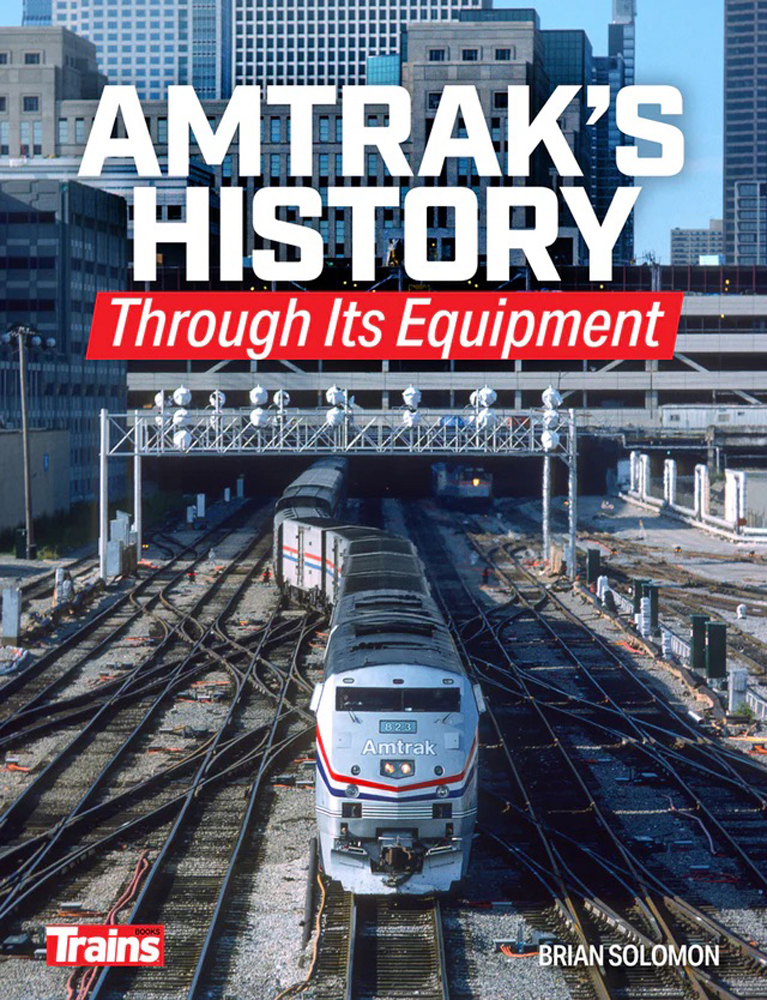
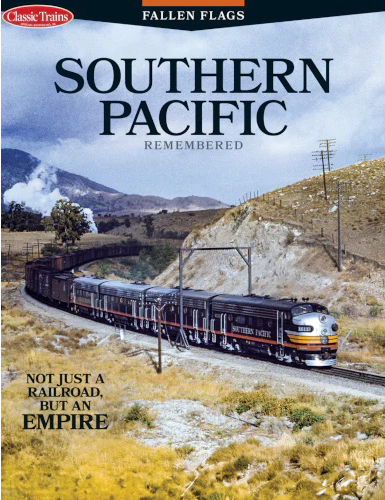
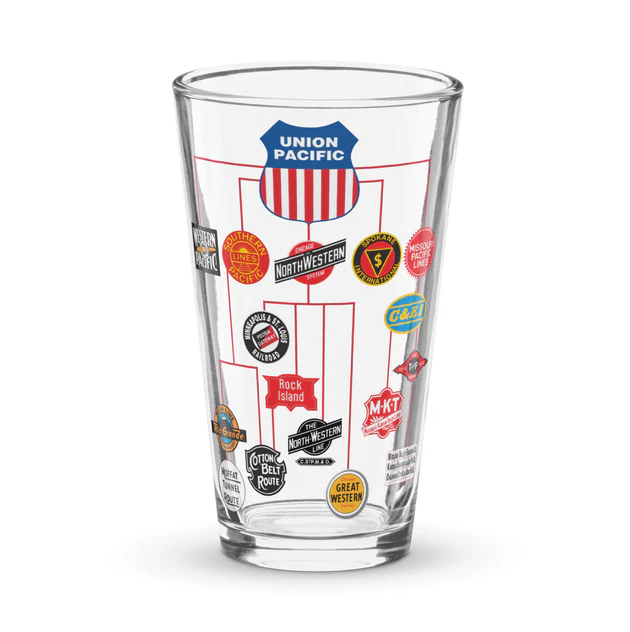
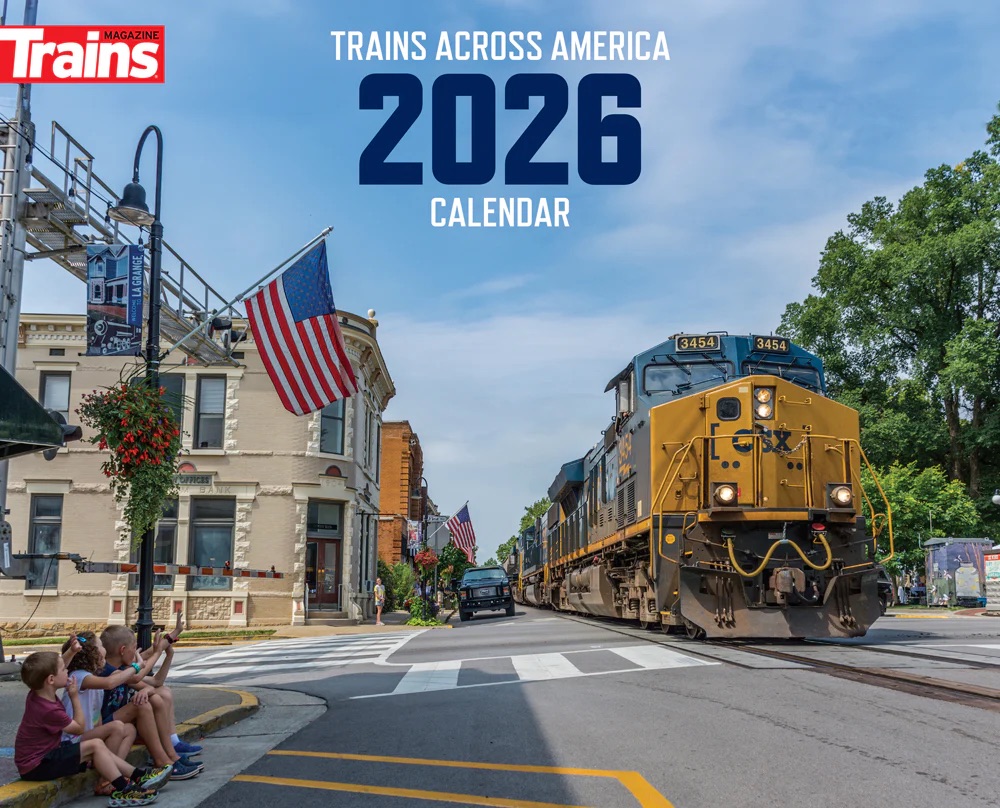
WHO WAS HIBRICHS SUPPOSED TO ENGAGE IN MERGER TALKS WITH? Berkshire Hathaway and Warren Buffett or his protege Greg Able isn”t interested in a merger. CPkc? Hardly, they are still trying to recover from overpaying for KCS… CN? CN doesn’t buy you anything as all their US holdings are in the east and mid-east. The facts are Ancora wanted a scape goat for the costs of rebuilding after Hurricane Helene and Joe Hinrichs was the sacrificial lamb. And to his credit, he showed real class in bowing out with his head held high, unlike his not quite superiors at Ancora.
Unless BH/BNSF have a change of heart and based on the STB decision of approving UP buying Norfolk Southern, there will be no more major mergers. BNSF has to be in play for a Northern Transcon or their is no real benefit for eastern roads representing only half the country to merger. East joining West is the only plays left on the gameboard. Everything else is just reshuffling the deckchairs on the Titanic…